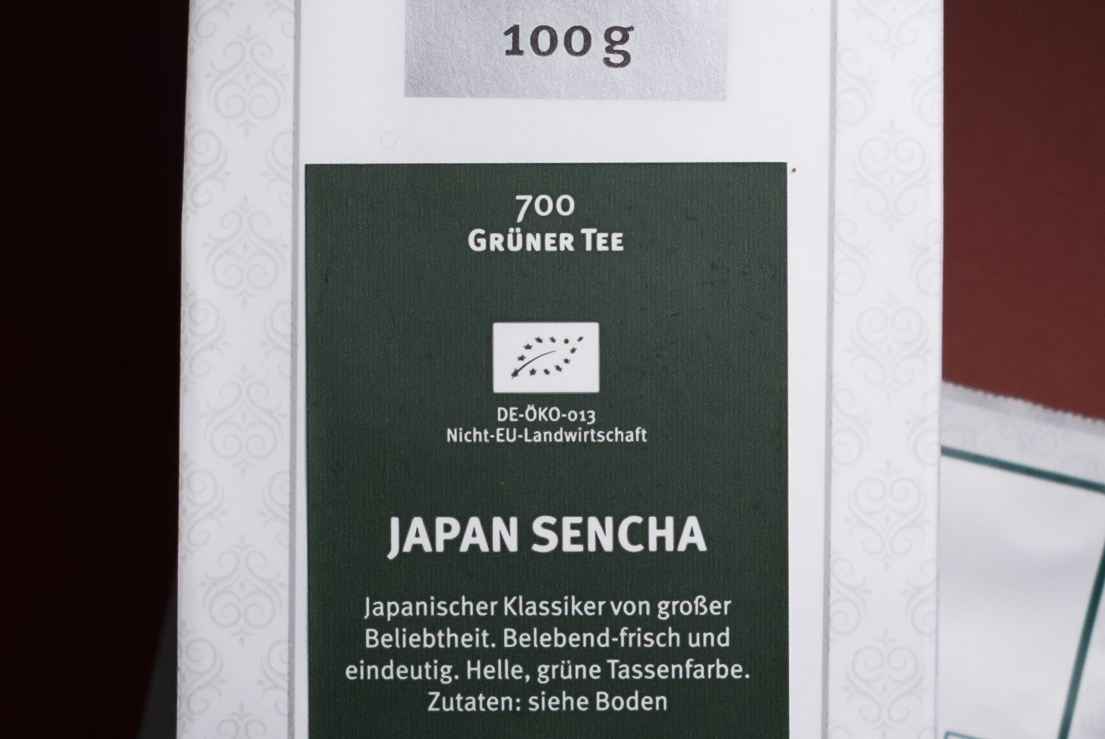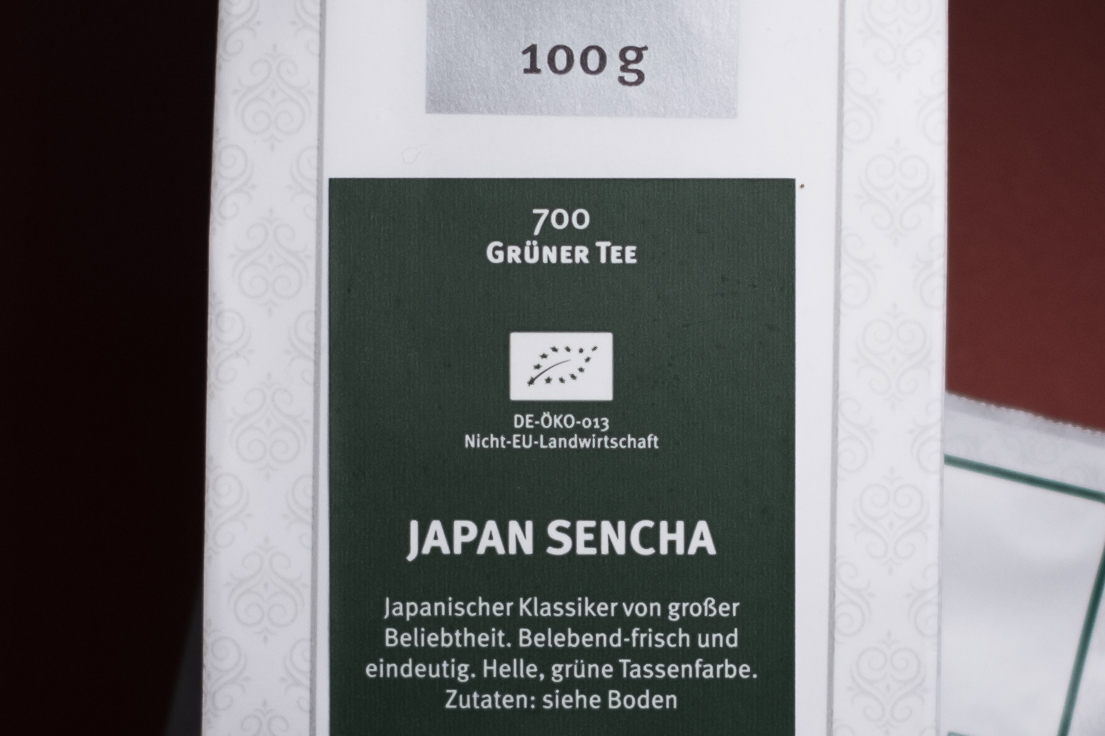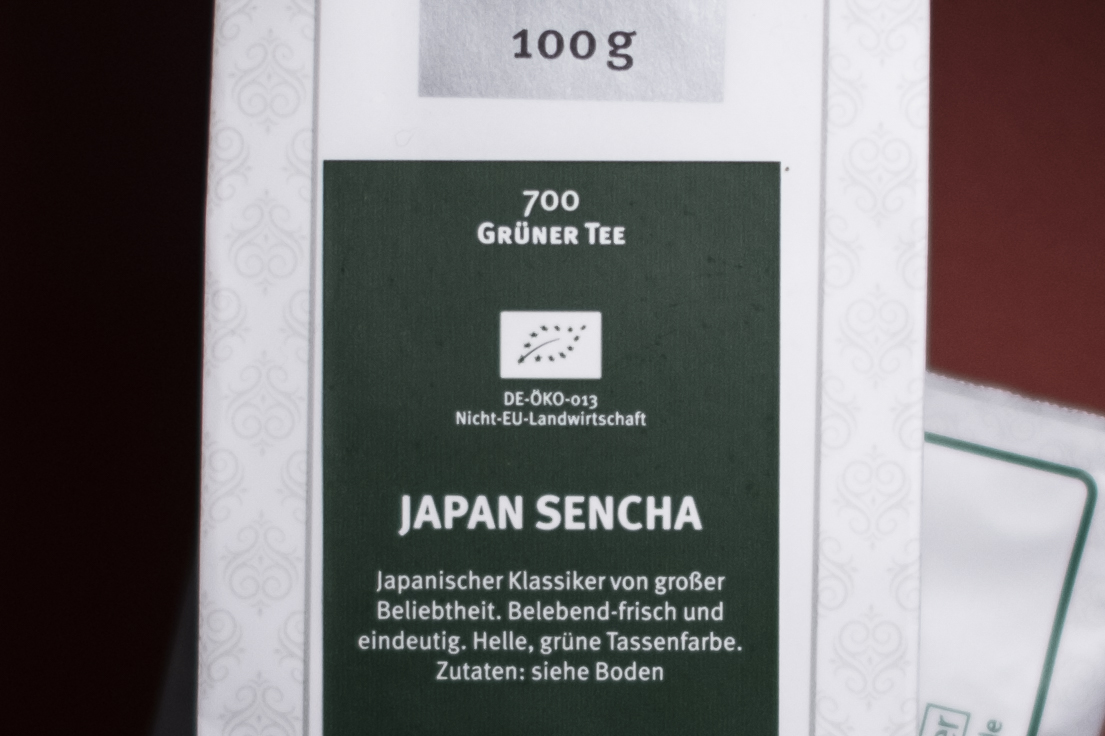The Fujinon XF33mm F1.4 R LM WR | Magic Reloaded?
Note: This review is one of a total of four reviews on the second generation Fujifilm X lenses, namely the XF18 1.4, the XF23 1.4, the XF33 1.4 and the XF56 1.2. Some statements are therefore shortened in some of the articles, as they are dealt with in great detail elsewhere.
Prologue
Having already described the update to the new XF23mm F1.4 as unexpected, this purchase is even more surprising. I own the XF35 F2 and have praised it to the skies (German only). I also join the chorus of lovers of the magical XF35mm F1.4 and still love it. And – to make matters worse – I also bought the XF30mm F2.8 Macro at the same time as this XF33 1.4.
So, what does someone want with four lenses of roughly the same focal length and what’s the point of it all? Feel free to read on, I’ll try to explain (even to myself)… 😉
The Nifty Fifty heritage
Even without the 30mm macro lens, Fujifilm already has two lenses in the X-series that could be considered the closest alternative to the new XF33. And here I’ll start with the obvious one, the XF35mm F1.4, which is also the closest in terms of aperture.
The XF35mm F1.4 R
The XF35mm F1.4 is a legend among X-series lenses. It marks – together with the XF18 F2 and the XF60 F2.8 Macro – the absolute beginning of this lens series, indeed of the whole system, more than ten years ago.
Moreover, this lens has earned the rank of “magical” for many of its users. Whether this is true or not, well… opinions differ, of course. I will go into this again later in this article, but can already make one thing clear for myself. I love this lens, think it is extremely versatile and I am delighted with its gorgeous rendering of images.
It has always been my first choice for portraits and narrative detail far more than the XF56. You can bring in the environment, but not as much as with the wide-angle lenses I love.

























The XF35mm F2.0 R WR
Even if some people don’t want to hear it, in my opinion the XF35mm F2.0 is almost equal to its faster counterpart. OK, it is one f-stop slower, but in terms of imaging performance it is in no way inferior to the 1.4 version. In addition, the AF is faster and quieter, it is weather resistant and the aperture ring is better (one of the first that was really good on the Fujinons). The only thing the lens lacks is the special “sex appeal” of the XF35mm F1.4. However, the images don’t really care about this…


























The new XF33 F1.4 R LM WR
So, let’s move on to the new kid on the block. Everyone can already imagine how the XF33 1.4 will do in the chapters optics, mechanics and autofocus after the two reviews of the XF18 1.4 and the new XF23 1.4. For the sake of completeness, I’ll write a few words about it anyway… but I’ll keep it short here, at least in some parts.

Optical performance
So, here’s the quick run-through, because otherwise I’m really repeating myself with the new trio XF18/XF23 and XF33. Everything basically applies to all three lenses. However, since yesterday was a terribly rainy and gloomy day, I will show some pixel porn next.
Sharpness
Is the new XF33 1.4 the sharpest lens of the three? Sure. Does it matter? It depends on what you expect and what you want to use the lens for. For most of my applications, the difference is quite insignificant for the actual result – the image expression and the impact of the image. When pixel peeping, of course, you can see the difference (click for larger view)…
Seen enough? Yes, the XF35 1.4 is known not to be the lens with the highest resolution at f/1.4. Nevertheless, please always keep one thing in mind: Anyone shooting tea bags in product photography would probably choose a different lens (e.g. a macro lens) and certainly not shoot the products at open aperture. 😉
So much for the sense or nonsense of such very popular comparisons… in real life it’s pretty insignificant and – see above – it’s the pictures that count. And I never noticed that the XF35 1.4 was not sharp enough even at open aperture, just like the F2 version.
In fairness, of course, the following conclusion remains: The XF33 1.4 is sharp even at open aperture. Very sharp, in fact!
Optical aberrations
As I wrote above, it’s all about the same high level as the XF18 1.4 and XF23 1.4 WR. Chromatic aberrations are excellently corrected. However, this was never a huge problem with the two 35mm lenses.


Purple fringing
Nope, nothing worth mentioning here either.
And yes, of course I noticed em in the title image. But as already written and shown here, it can always be produced in such lighting situations. If the branches are too thin in front of the sun or the flimsy hairs in the backlight are outside the focal plane, then that’s what happens. But that’s not relevant.

It only becomes problematic when you always see it on high-contrast edges and if it’s several pixels wide. That is not the case here…
Bokeh
I don’t want to stick my neck out too far when it comes to bokeh. It’s such a subjective topic and you need the right images to develop a feeling for it. For the moment I would say that there are no disappointments here. The bokeh of the XF33 is very soft and all in all there doesn’t seem to be that much difference to the XF35 F1.4. But let’s see… somehow it did look a bit more magical with the 35mm sometimes… 🙂

More about that in half a year or so, perhaps…
Minimum focusing distance
Not much happened here this time. The closest focusing distance is 0.3m, which is roughly in the middle of the trio (XF35 F1.4: 0.28m; XF35 F2: 0.35m). In any case, this is very reasonable for this focal length range.
Those who need or want more should take a look at the new XF30 Macro.
Autofocus performance
Regarding the new XF33 1.4, there is not so much to say about the autofocus. The linear motor and advanced AF design result in an excellent, fast, quiet and very accurate autofocus. If I were to do a subjective ranking on this new trio XF18/XF23/XF33, it would look like this:
- XF18 F1.4
- XF23 F1.4 (MKII)
- XF33 F1.4
That’s probably partly due to the focal length, and here the wide-angle lenses have an advantage. But firstly, the difference is marginal and secondly, as written, quite subjective anyway. I’ve never measured, so maybe it’s not true at all. 😉
All what has been said here already refers to the use in combination with the brand new Fujifilm X-T5.
Mechanical quality
The XF33 has the same excellent build quality as the other lenses of this second generation. I can’t think of a single point of criticism here. This also includes the superb aperture ring.
Size and weight
This point is quite interesting. Unlike the XF23 1.4 WR, which has a very adequate real predecessor, the XF33 1.4 is not a replacement, but a new alternative. Neither of the two XF35 lenses can be regarded as a predecessor version here.
Thus, the biggest difference is literally obvious: the size. The XF33 is considerably larger than the other two lenses and, of course, considerably heavier. In comparison, we are talking here about twice the weight with 170g vs. 187g vs. 360g. I will come back to this difference in the next section.


Have I already complained about the fact that Fujifilm only includes the obligatory plastic lens hood and that this one is too big for my taste? Oh yes, I have, in all the other reviews… so let’s leave it at the pictures. Fortunately, the metal lens hood that you can buy for the new XF23 1.4 WR also fits the XF33 perfectly. 🙂


Usability
At the risk of repeating myself: the XF33 1.4 is a completely different lens from the two 35mm lenses. And by that, I mean neither its unquestionably better optical performance nor the 2mm difference in focal length. This lens is noticeably heavier and, above all, larger and is therefore simply no longer as light in the photographer’s hand and as unobtrusive in the eye of the portrayed.
For this reason, I find it particularly difficult to praise the lens to the skies – although it really deserves it. It’s a great lens with actually no weaknesses. But given the existence of the magical – if thoroughly imperfect – XF35 1.4, I somehow expected more. I guess that’s how it is when you already know the trick with the rabbit out of the hat and the new magician can’t re-magic you… 😉
Nevertheless, a Nifty Fifty will always remain an important lens with which you can cover a lot photographically. As far as I know, Cartier-Bresson only worked with the 50mm focal length for his private work throughout his life – and certainly with an optically far less perfect one. That’s something to think about…
Pros and cons
As usual, also graded from (++) to (- -)
What I like
- Excellent sharpness/resolution (++)
- Excellent build quality (++)
- Excellent (fast, silent and reliable) autofocus (++)
- Very smooth bokeh (++)
- Very nice transition between sharpness and blur (++)
- Almost round aperture with 9 diaphragm blades (+)
- Great aperture ring (+)
- Decent size and weight (for its performance)
What I don’t like
- Actually, nothing serious
- Maybe a bit too big if you want to be very discreet
- The included plastic lens hood
Some words about Magic
Now we come to what is surely the most difficult and emotional point. This is where opinions differ. The question of whether this magic exists is at least as hotly disputed as the question of whether the “medium format look” or the “Leica look” exists.
My very simple and personal opinion on this: For me, this magic does exist. Just as with the XF18mm F2 and to some extent the old XF23mm F1.4, it is part of the imperfection of their optical construction. This combination of somehow – but not overly – sharp, the beautiful rendering and a somehow slightly retro – but not completely nervous – bokeh, sometimes comes to light.
Like the XF18 F2, it has a loud, creaky AF and is not the sharpest lens under the sky. But the overall picture of imaging performance, shape, size and sheer desire to shoot with it makes it so unique in the focal length range. Part of this magic is the fact that it puts a smile on my face when I grab a camera attached with it…

Would I see the difference in two images without pixel peeping (of the resolution)? Probably not for most images. But it’s not about most images, it’s about the magic ones… 😉
Verdict
As was to be expected, the XF33mm F1.4 R LM WR is an excellent performer.

When it comes to the question of whether it is worth switching from one of the 35mm lenses, it becomes tricky. First, the question remains whether this is an update or an alternative to the existing 35mm lenses? I can answer this question with a clear “both/and”. 😉
For me personally, it is and never was intended as an update. I had already answered this question before I bought the lens. I didn’t want to give away the XF35mm F1.4 and I probably never will. However, this is not because of any kind of optical magic, but simply because of its size and form factor. If I’m taking the X-Pro3 on the road or travelling with just one lens of this focal length, it will certainly be this one.



Soberly, however, the XF33 can also be seen as a modern and very capable update for an aging XF35 1.4. So, what can I recommend to others? Phew, everyone has to answer that for themselves.
The problem of too many choices
For those who see it as “either/or” or who want or have to decide for budgetary reasons, crucial differences are obvious. The almost doubling of the lens elements and thus also the doubling of the size logically leads to a significant increase in performance.
So, if maximum performance is more important to you than compactness, you will certainly choose it. The same applies if a quiet and fast autofocus is very important to you.
Let’s get back to budget, which is also a very important point here. 849 € is a very hefty price for a “Nifty Fifty”, albeit a fast one. This will shock some people and prevent them from buying. Even if you take the official new prices as a basis, you could save 200 respectively 400 € with the older versions – and certainly a lot more on the second-hand market.
The decision remains really difficult…
To finally answer the question in my subtitle: No, it is not “magic reloaded” for me – which is not meant in a negative way. It simply has to do with the spirit of the times, modernity and much more… the XF33mm F1.4 is simply too “normally excellent”.


I will probably keep it and only sell the XF35 F2 now. This one no longer makes sense for me in this constellation.
Excellent!
There is always light somewhere – go out and shoot!







[…] very sharp in the centre of the image and is roughly on the same high-resolution level as the new XF33mm F1.4. And you must bear in mind that the latter has already been stopped down by 2 f-stops […]
i own many fuji primes includong the 35 1.4. i also own the 18-55 and an x100v. i was considering selling my x100v and using the 18f2 on my xt30. as a user and lover of the 35 1.4 do you think thr 18f2 would satisfy me in the quality department. the x100v is superb. i struggled with the old 56 1.2 and things never seemed in focus. the new 56 1.2 is sueprb for me… i just want a small wide lens but I’ve read many questionable reviees of the 18f2 but haven’t really seen any good comparisons…
Hi Sean,
I can recommend the XF18 F2 to anyone who a) has no problems with the old AF mechanism. It is by no means slow, as is sometimes claimed, but it is a bit noisy. And b) if you are a landscape photographer, for example, you should not have extreme demands on the resolution. It is more than sufficiently sharp for me, but if you wanted to print the pictures really huge, it is clearly inferior to the new lenses. On the other hand, it is certainly not worse than the lens on the X100V. See also my opinion here and here.
Cheers,
Peter
Great and very profound article! Thx